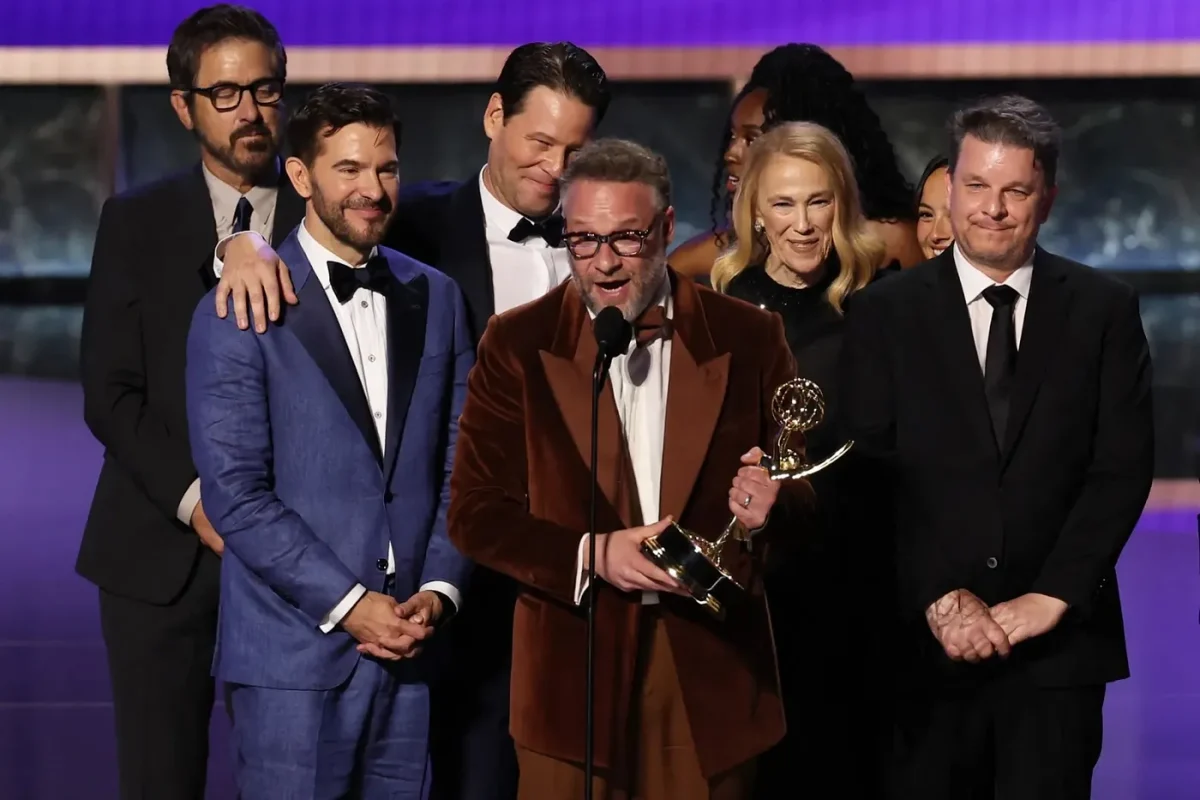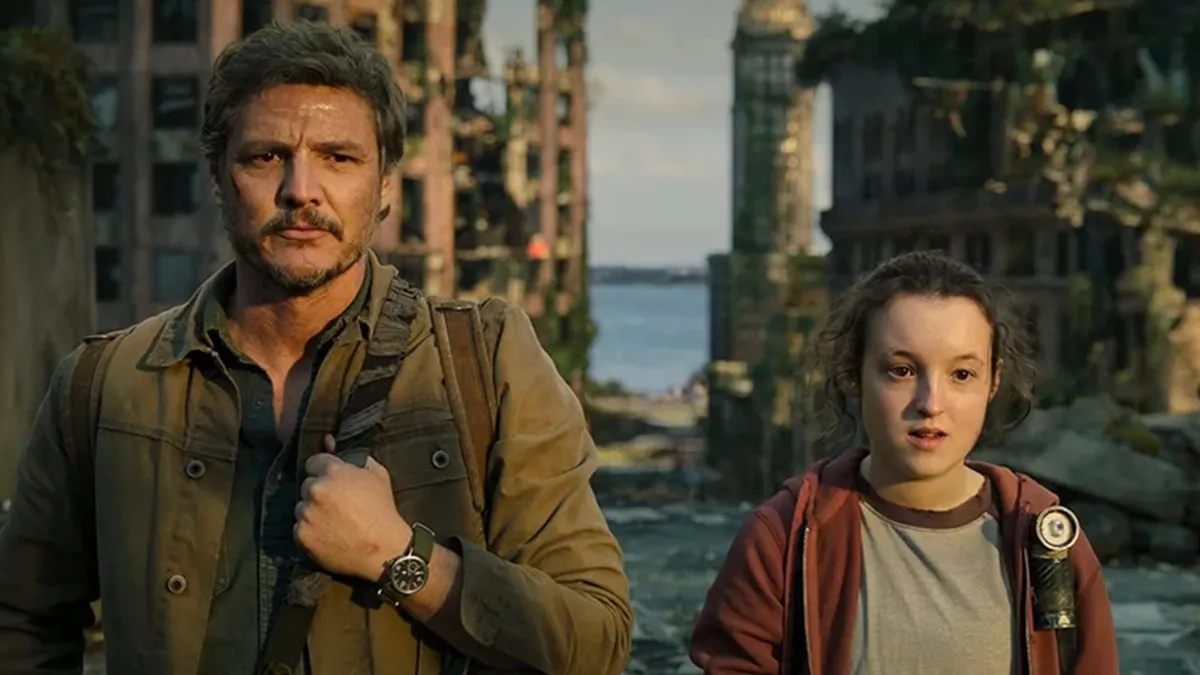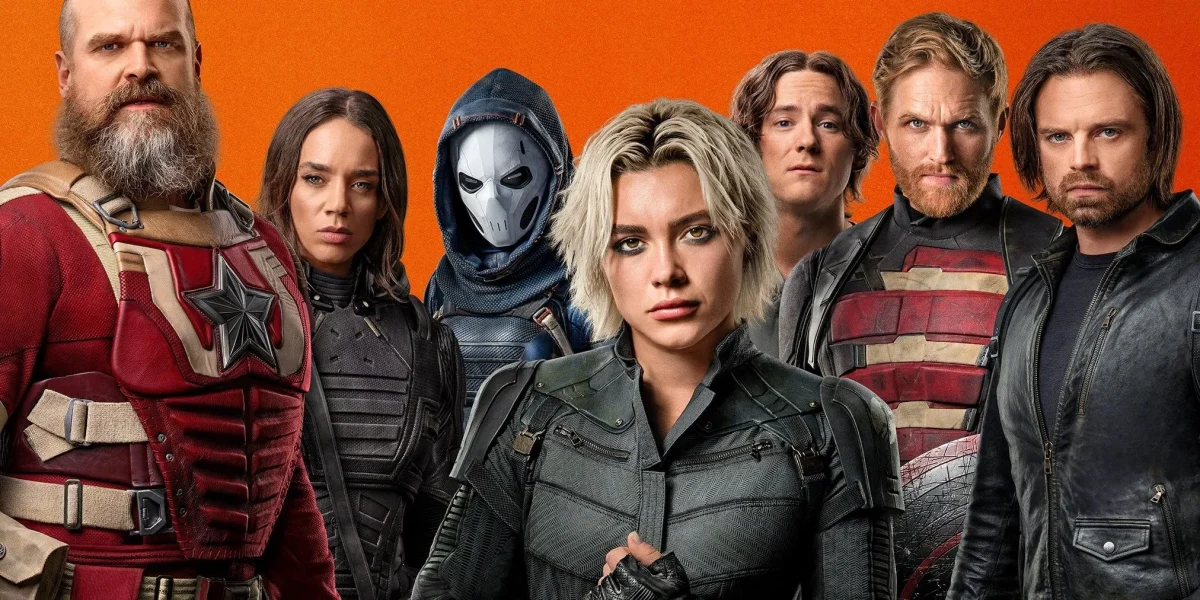One of the biggest challenges when adapting a book for the silver screen is the frequent loss of a first-person point of view. That unique literary experience of seeing the world through a borrowed pair of eyes is sacrificed for a feature film in the third-person perspective. However, director RaMell Moss defied this notion while filming “Nickel Boys”—an adaptation of the award-winning book by the same name—entirely from the first-person perspective. By shifting between two points of view, Moss showcases the power of reinvention in storytelling through a delicate yet powerful exploration of race, America and the impact of perception.
“Nickel Boys,” selected as the opening film of this year’s New York Film Festival (NYFF), tells the story of Elwood Curtis (Ethan Herisse), a young student from Florida who, after an unjust mistake, is sent to the brutal Nickel Academy—a violent reformatory. There, he meets the cynical Turner (Brandon Wilson), and together they form an alliance for survival. Set against the backdrop of the Jim Crow era, the two boys become the center of a narrative that contrasts their differing views on the country, Martin Luther King Jr. and their experiences at the Academy.
The original novel is based on a real story of a reformatory in Florida that operated for over a century and was revealed to be highly abusive. In 2013, numerous unmarked graves were discovered following an extensive investigation into the treatment of black inmates who were segregated from their white counterparts. This historical fact is also present in the film as it goes back and forth in time, showcasing an older version of Elwood, played by Daveed Diggs, though audiences can only see his back most of the time.
During a Q&A at the NYFF, Moss explained his relationship with Colson Whitehead, the author of the original book, and the way he found his blessing: “As far as I know, Colson Whitehead is the writer who, like, wants to write and do that. And so I…talked with Jeremy [Kleiner] and Didi [Gardner], and like I can’t believe…he’s letting me do this. I got his email address, write him an email. Really long one, overly verbose.
“And then he writes back, ‘Appreciate it, Congratulations’ and ‘Good luck.’ And at first, I was like, oh, I blew it. Way too many words,” the director confessed, “But then I think it was just him giving his blessing, which I appreciated because, you know, the pressures of making a film are well known and to have also the one original artist’s expectations.”
Moss concludes, “Yeah, I think he’s watched the film.”
The entire movie is shot from a first-person perspective, allowing the audience to see exactly what either Elwood or Turner is seeing. The only times viewers are able to glimpse the boys’ faces are when they are looking at each other or having conversations. This approach is significant because it highlights the stark contrasts between the characters. Most of the point of view focuses on Elwood in the first act, and his face is subtly revealed through reflections on bus windows and a photograph. It’s only when he meets Turner that the film reveals Elwood’s face to the audience. Turner, on the other hand, doesn’t appear until the second act, but from the moment he does, Wilson effortlessly commands attention with a charisma that shines throughout his performance.
Technical achievements of such magnitude cannot be understated. Actors Herisse and Wilson wore cameras mounted on a 40-pound Snorricam Rig around their waists, meaning they were not just performing as actors in a scene but also having the “responsibility” of actually filming them. In a moment at the Academy’s cafeteria, the direction begins altering between the two boys, even rewinding some moments to make it clear that their perspectives will continue switching throughout the film.
Unfortunately, this is where the perspective shifts start to feel more like a narrative mechanism needed to move the story forward rather than an artistic decision used to express the boys’ different worldviews. The screenplay, co-written by Moss and Joslyn Barnes, employs this unique cinematography but sometimes is misused to prevent the story from stagnating—making the process a bit exhaustive.
Fortunately, Moss’ stunning visual direction compensates for this. The film was shot with a Sony Venice camera in Rialto mode, which allows more flexibility when filming in tight spaces, and its 4:3 aspect ratio provides a melancholy contrast to the violent nature of the Academy. Moss makes even the simplest images, like a slice of cake, feel beautiful and emotionally resonant.
Another bold directional decision is Moss’ use of archival footage as transitions. The inclusion of Apollo V footage, snippets from films like “The Defiant Ones,” Nina Simone’s music and various images create an unusual but effective collage that adds new layers of meaning without romanticizing the boys’ suffering. Though this abstract choice may confuse some viewers, it just reinforces the director’s commitment to portray Elwood and Turner’s environment authentically without resorting to clichés.
“Nickel Boys” is not a feel-good film, but it does not glamorize violence against black people either. Readers of the book will recognize that only a resolved director with a strong sense of self-awareness could pull off a story like this in such an inventive way and avoiding the pitfalls of conventional historical dramas. Moss, alongside a cast and crew willing to push their boundaries, has created a film that lives up to its source material by embracing the challenge of telling a difficult story in a fresh, compelling way. Fortunately, “Nickel Boys” succeeds in doing just that.
Rating: 4/5
“Nickel Boys” is currently being screened at the New York Film Festival. Tickets are available through the Lincon Center.







